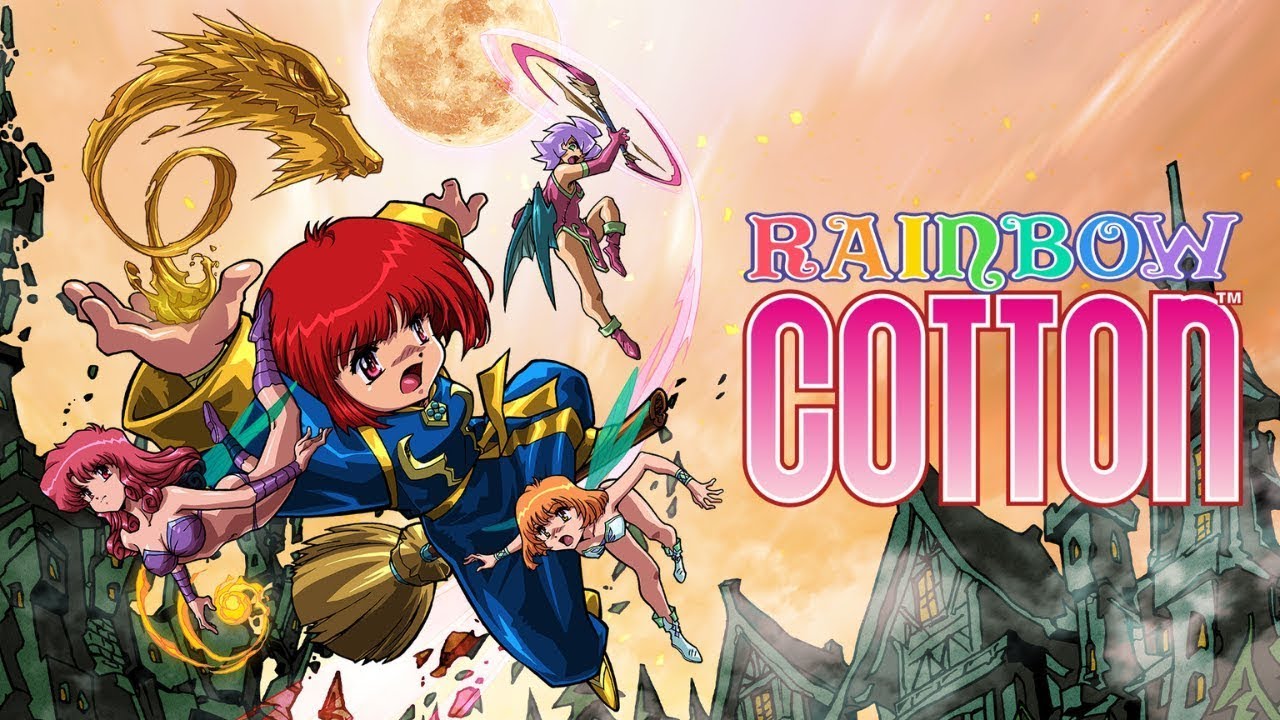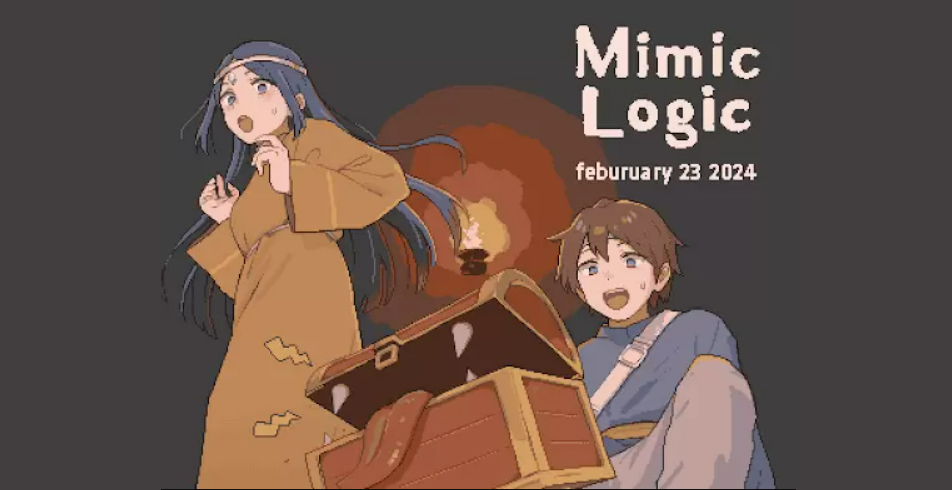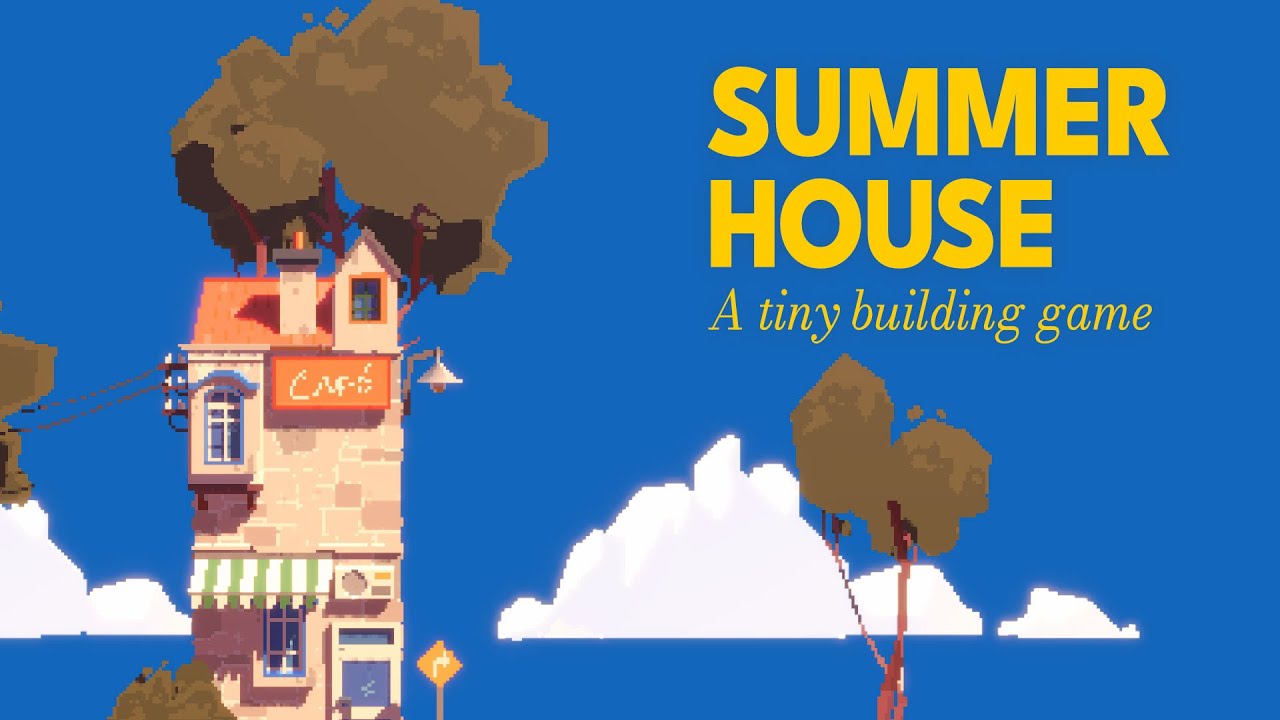The RTS (real-time strategy) genre is one that once captivated the gaming world for a number of years, most notably during the 90s. After Dune 2 originally hit the market it seemed that every studio out there tried their hand at making an RTS. We got some really amazing games along the may, most notably in the Warcarft and Starcraft series, but we also saw terrible ones like Tribal Rage and Left Behind. And then there was the Command & Conquer series that took the RTS to new levels, so much so that new iterations kept coming up to only a few years ago. The team behind that original Command & Conquer saga have once again made their presence known since the downfall of Westwood Studios with their new RTS Grey Goo.
This past weekend I had no plans to cover anything. I had planned a weekend free of all reviews and gaming coverage to just enjoy some much-needed downtime. That’s when Grey Goo landed in my inbox on a Friday afternoon and ended up taking up my entire weekend. I was intrigued by the promise of a large (non indie) RTS game, so I booted it up planning to play for an hour or so before getting to the full review later in the week. That initial hour turned into many and when I finally decided to break away from the game to relax, nearly ten hours had passed and I was hearing the morning birds outside my window.
Grey Goo is a very straight forward RTS that has its feet firmly planted in the past. The games mechanics and gameplay are delightfully old-school and because of that you can expect a brutal difficulty level with even the easy setting still being a challenge for those new to the RTS world. Grey Goo follows the typical formula by having three distinct factions that are pitted against each other in a struggle for survival. While you would hope that each faction played uniquely, in reality the two human like factions play a little to similar for my liking. These factions are built around how things were in Starcraft are if you remember that game. It’s classic to the core, but it stands out enough to forge its own path.
The Beta (alien humanoids) and humans both have the same style of units and buildings, with the real difference being with how each can build structures. The Beta feel most closely to the classic Command & Conquer with structures being built anywhere that they fit in relation to your available area that you have control over. While Humans are free to build as well, all structures need to be connected with power conduits to keep everything powered. The final faction, The Goo, is the most unique with you building multiple Mother Goo’s that in turn can produce units in a Zerg like fashion. The Goo isn’t hampered by building locations, but each Mother Goo will need to be fed from a resource point to keep producing smaller Goo’s that in turn can be morphed into units. It does take a bit of getting used to when playing as the Goo as they don’t have buildings, but it helps keep the game fresh in the later levels.
What really makes Grey Goo special is in how you gather resources. In most RTS games you will have to create mining units to go out and gather resources to return to a refinery. In turn, these various minerals that are gathered can be used to make purchases of units and structures while some sort of building material is also usually gathered in much the same fashion to help build structures. This means that you will usually find yourself micromanaging much of the game, looking at numbers all the time. Grey Goo gets rid of the resource gathering aspect and has each faction using a single resource to power the entire game. Catalyst is the life blood for Grey Goo and each faction can build a refinery of sorts to collect it. Because we only have one thing to worry about, and no mining vehicles to produce, the game becomes one of macro-management. You are instead looking at the big picture with an eye toward strategy and not building five-hundred SCV’s (or whatever your RTS of choice uses) to gather resources to rush your opponent.
This lack of resource gathering and hunting means that while the games levels tend to be a great deal smaller than many RTS games, they feel much more balanced. Grey Goo isn’t the kind of game that has you running down every resource avenue, instead it puts the focus on spending wisely and planing your next move. Odds are you wont be seeing any Zerg rushes in Grey Goo, instead making calculated moves and purchases with regards to each different engagement. There isn’t a wide variety of units in Grey Goo for each faction (between 6 and 9), but what there is gets the job done and fits along the lines of the story. The RTS elements are solid, but what really helps Grey Goo stand out is in its story telling. Grey Goo is a silly name, but after watching the first cutscene the game had me totally captivated. The production quality was shockingly good and had me wanting to see Grey Goo turned into a move, heck, I felt like I was watching a movie most of the time. The animations and presentation is a masterclass in how things should be done from here on out.
It’s fair to say that I was shocked at the incredibly high production values from nearly every aspect of the game. The first time I saw one of the mission briefings I was taken aback at the sheer level of detail. For a moment I was questioning whether I was playing a video game or watching the next Avatar film. Okay, so this might be a bit of an exaggeration, but there were many times that I kept plugging away at frustrating levels just so I could see what more of these briefings. RTS games, even the best of them, have a way of losing the player because of the monotonous nature of the system. You gather resources, build a base, build the same units, attack the enemy, rinse and repeat dozens of times. Grey Goo never really manages to fall into this trap because its story and production values are so unique that you desperately want to see what happens next.
Grey Goo is not only a great RTS, but one of the only RTS games currently on the market as the genre hasn’t seen a major player since the release of StarCraft 2 and its, at present, only expansion. While great, Grey Goo does have a few issues when it comes to the package as a whole. For an RTS it isn’t the longest game out there. I managed to clock in around 10 or so hours before hitting the final mission, but I was playing the game mostly on the easy difficulty so your time may vary. Each faction has five missions to play out, all connected together on a single map so when you are just getting the feel for a certain faction you will find yourself thrust right into another. The Beta and Human factions are pretty similar so in that regards the game tends to feel a little repetitive before getting to the much different Goo faction.
Each level can last from as little as thirty-minutes to as much as an hour and a half. The length has a lot to do not only with map size, but because with only one resource you are going to be doing a bit of waiting, especially at each levels outset. Since each faction can’t build any addition mining bots/excavators you will be at the mercy of the one or two your refinery will give you. This makes much of the early part of each level just waiting around to have enough resources to build something. It works in helping you check out your surroundings and formulate a plan of attack, but after a few levels you are going to already have your go-to layout and unit preferences, so it’ll feel like you are doing a lot of waiting.
Aside from some of those minor annoyances nothing within Grey Goo is broken, a plus for a major release these days. It just goes to show that a smaller team with a publisher that isn’t pushing to meet some holiday deadline can make a fantastic game that works right out of the box. While Grey Goo might not be the game for everyone, RTS fans are really going to love sinking their teeth into it. If you are looking for a twitch style RTS look elsewhere, but if you want something a little slower paced that rewards patience Grey Goo is it.























